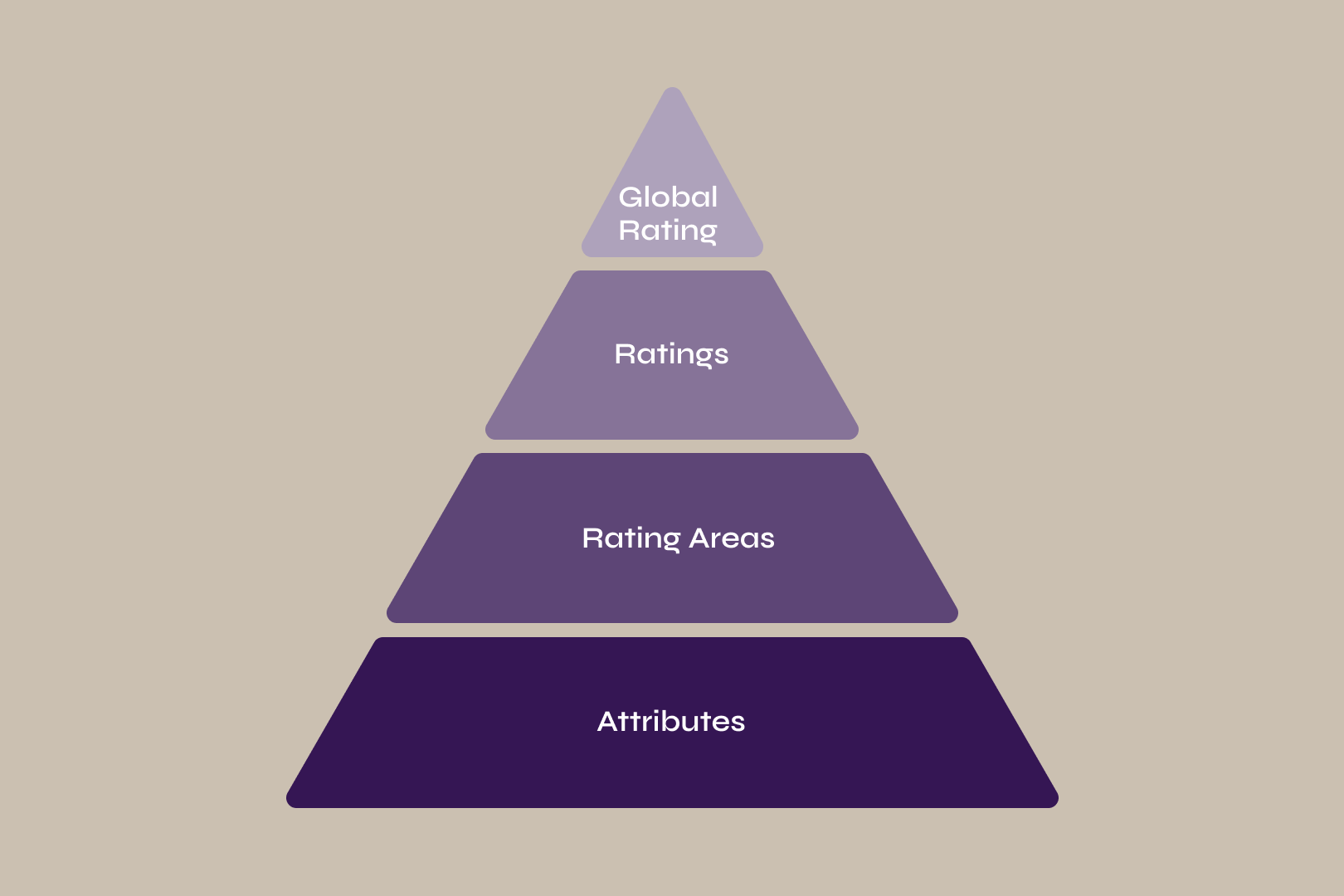Supplier Performance Management Software
Elevate Supplier Performance Beyond Expectations
With our Supplier Performance Management Software you can continuously evaluate and elevate your suppliers' performance across a wide range of areas, including quality, delivery, commercial, collaboration, innovation, and sustainability.
Bring out the best in every supplier with robust performance insights, customizable KPIs & rating schemes, easy evaluations, and powerful collaboration tools.

Turn Supplier Performance Into Your Competitive Advantage
Our Supplier Performance Management Software: kp(INSIGHT)
Elevate supplier performance beyond expectations and reach your strategic goals with Kodiak Hub's powerful Supplier Performance Management software solutions.
Get Unmatched Insights on Supplier Performance
Stay on top of your suppliers' performance and ensure that every vendor meets your expectations with our Supplier Performance Management software module: kp(INSIGHT).
Transform your supplier data into instant insights and ratings on quality, delivery, commercial, collaboration, innovation, and sustainability performance – visualized in sleek supplier scorecards.

Capture Supplier Performance Insights With Ease
Eliminate manual work in Supplier Performance Management by effortlessly capturing comprehensive data from stakeholder evaluations, ERP systems, suppliers, and market intelligence. Gain reliable insights that enrich negotiations, drive collaboration, and enhance performance improvements.

Set Tailor-Made Performance Targets for Every Supplier
Manage supplier and product performance with precision with customizable KPIs based on your suppliers' position in the value chain.
Easily adapt your performance thresholds and goals, get notifications for changes in output, and monitor your suppliers' progress over time with ease for continuous improvement.

Evaluate & Elevate Supplier Performance With Ease
Leverage predefined performance KPIs and create scorecards with customizable indicators tailored to industries, categories, and the products procured. Streamline your data gathering for quicker, easier, and more comprehensive evaluations that will inform negotiations, collaborations, and improvement actions.

Work Together, Win Together
Turn information into actionable insights and supercharge your supplier performance with innovative collaboration tools.
With our supplier performance management software you can leverage smart actions and automated processes to streamline supplier improvement. Drive stakeholder collaboration and alignment with a single source of truth, seamless feedback gathering, and simplified reporting on supplier performance.
“Kodiak Hub is a perfect match and is instrumental for enhancing supplier performance and leveraging opportunities with state-of-the-art Supplier Relationship Management technology.”
Pia Gaviria
Digital Transformation Manager, Procurement & Supply Chain
BT Group
Measure. Manage. Maximize Value.
Reach the Pinnacle of Supplier Performance
Unlock the full potential of every partnership to drive top-line value and achieve your strategic goals. Kodiak Hub's painless Supplier Performance Management solutions enable you to empower your suppliers to ensure mutual success.
- Cut costs, improve resilience, and optimize your supply chain
- Solve new challenges, seize opportunities, and empower sustainable transformation
- Build trust and forge strategic partnerships that drive sustainable impact

Why Kodiak Hub?
- Plug-and-play functionality for fast implementation and easy scalability
- Seamless integration with ERP, S2P, and P2P providers
- Automated supplier information and big data capturing
- Comprehensive supply chain risk monitoring and ratings
- Seamless supplier information, category, contract, spend, and supply chain management
- Comprehensive compliance assessments and reporting
- Mobile auditing app for effortless on-site visits
- Robust performance evaluation and collaborative tools







